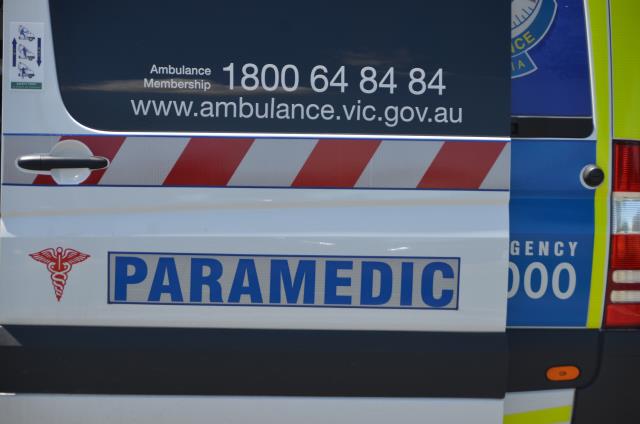Ambulance Victoria has recorded an 8.2 per cent increase in paramedics attending code one patients within 15 minutes in the Borough of Queenscliffe, despite recording above-average code one response times for the region.
The performance data for the third quarter of the 2021/2022 financial year highlighted that paramedics attended to 65.9 per cent of code one patients in the Queenscliffe local government area within 15 minutes, compared to 57.7 per cent at the same time last year.
The average response time for code one cases in Queenscliffe between January and March this year was 16 minutes and 29 seconds, while the state-wide response time to code one cases was 15 minutes and 15 seconds.
The latest ambulance response time data showed Geelong paramedics had their busiest quarter ever.
They responded to 4410 code one lights and sirens emergency call outs in the City of Greater Geelong over the three-month period – an increase of almost seven per cent on the previous quarter.
Across the quarter, paramedics responded to 72 per cent of code one calls within the benchmark of 15 minutes, which was 2.8 per cent less than the previous three months.
The average response time was also 42 seconds slower, at 13 minutes at 55 seconds.
Response times were faster within Geelong, with ambulances reaching 75.8 per cent of code one patients within 15 minutes with an average response time of 13 minutes and 20 seconds.
In the Drysdale-Clifton Springs population centre, paramedics reached 74.1 per cent of code one patients within 15 minutes with an average response time of 13 minutes and 15 seconds, while in Leopold it was 77.3 per cent within 15 minutes and an average of 12 minutes and six seconds.
Ambulance Victoria Barwon South West regional director Terry Marshall said a 2021 recruitment round saw 700 new paramedics join the organisation.
“This recruitment drive continues with 174 paramedics already on board so far this year to help get more ambulances on the road and to patients quicker,” he said.
“The Victorian Government’s $35 million boost early this year has fast-tracked the recruitment of another 120 paramedics, who will all start their inductions with Ambulance Victoria in May.
“I welcome all our new graduates and already experienced paramedics and wish them the best for long and rewarding careers at Ambulance Victoria.”
Out of the 57 new graduate paramedics starting on May 2, four have joined Ambulance Victoria branches in the Barwon South West region, including in Ocean Grove, Winchelsea and Torquay.
Ambulance Victoria has planned to start the induction of the remainder of the 120 new paramedics on May 30.
Ambulance Employers Australia Victoria (AEAV) secretary Brett Adie said the high demand due to the Covid pandemic had left paramedics “fatigued and burnt out”.
“Ambulance crews having been pushed beyond acceptable levels to keep the service operating,” he said.
“Our members are finding it increasingly hard to keep soldiering on.
“Taking pressure off the system is the first priority and the creation of alternative pathways for healthcare is a critical step in that process.”
Mr Adie said the government needed to reconsider its approach to the healthcare system.
“The government and Ambulance Victoria’s historical acceptance that 15 per cent or more would not get an ambulance within 15 minutes has set them up to fail drastically when the workload increased,” he said.
“It is time to rethink health and to provide the service that the community deserves.
“This is people lives, not just numbers on a page.”
Mr Marshall said the Omicron Covid variant and ongoing issues of furloughed healthcare workers led to the ongoing stresses placed on the health system.
“We remain very busy attending around 1800 to 2000 cases a day across Victoria and ask community members to help us by saving Triple Zero for emergencies,” he said.
“GPs and pharmacists can provide non-urgent case and Nurse-On-Call (1300 60 60 24) offers free medical advice 24 hours a day, seven days a week, if you condition is not life-threatening.”
The data also highlighted that paramedics attended a total of 93,234 code one cases between January and March, which broke the record set last year, making this period the busiest in Ambulance Victoria’s history.







